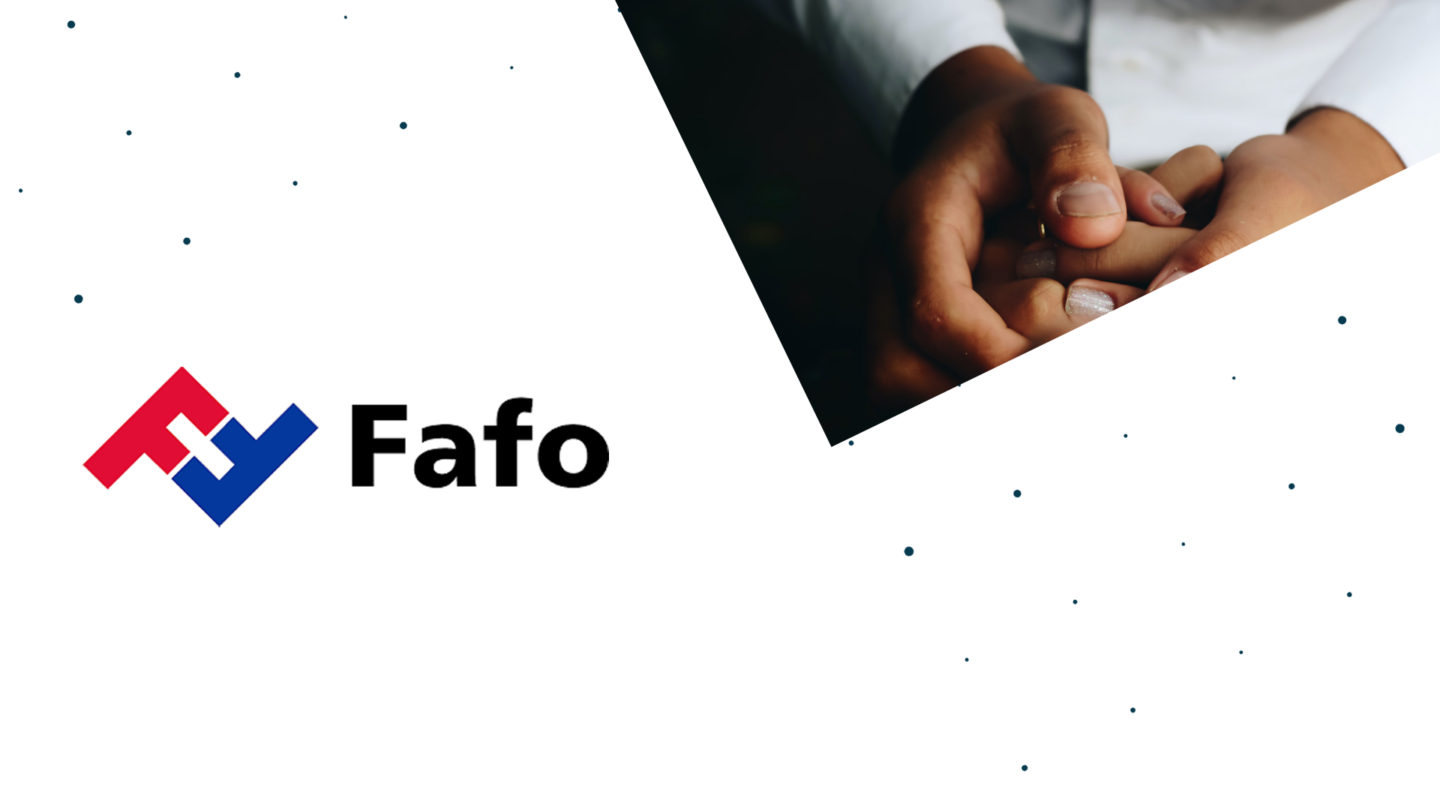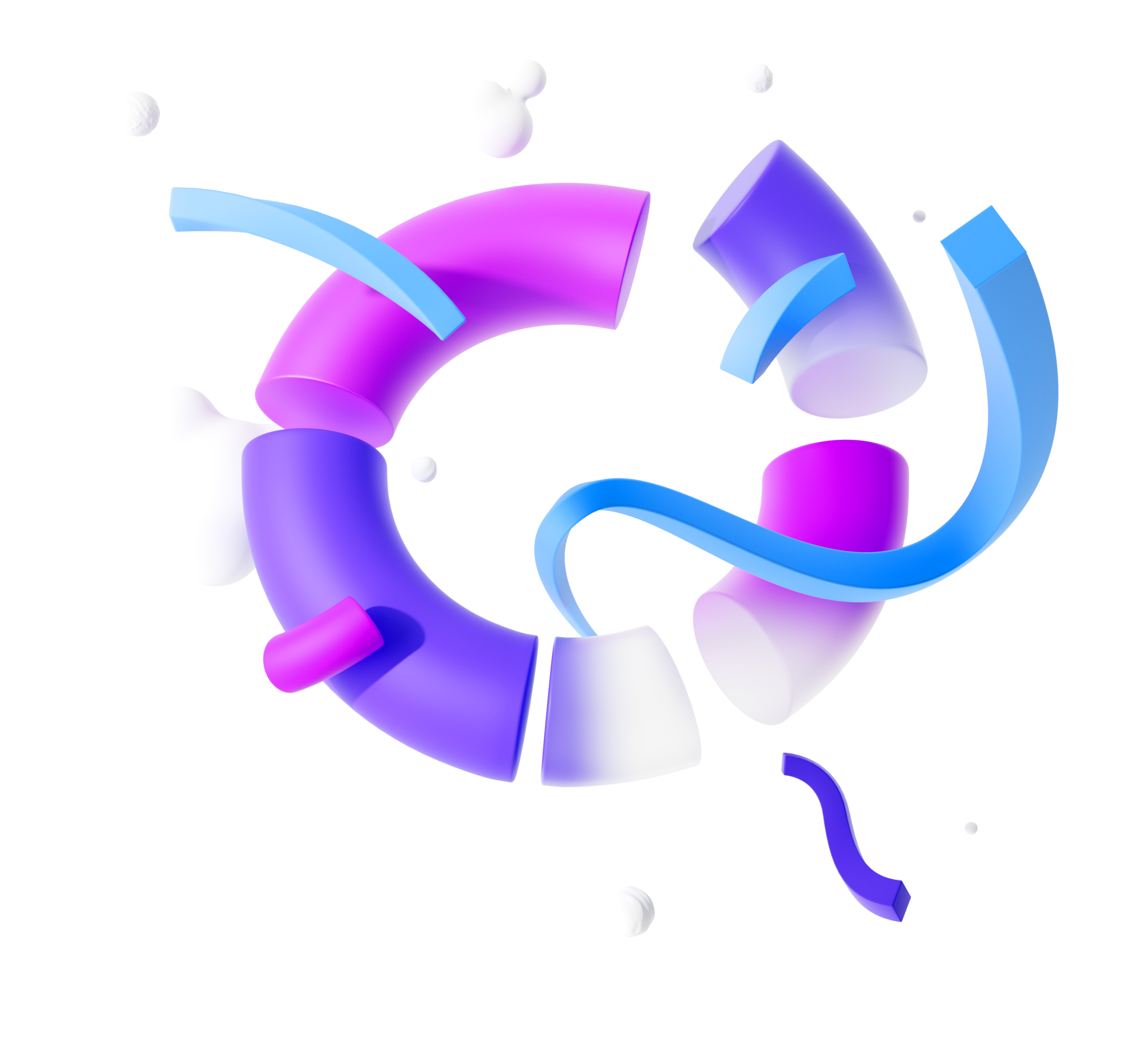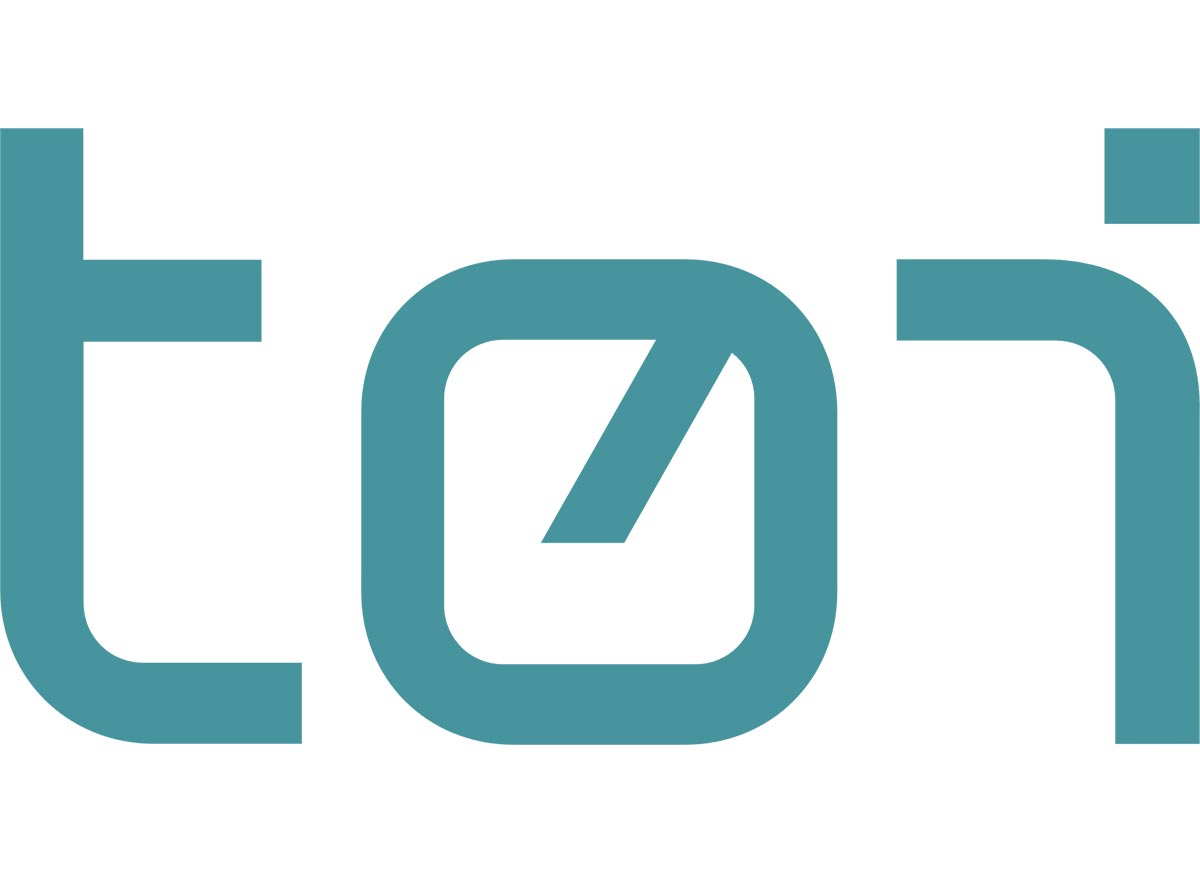
Using Intelligent Survey Design to Reduce the Number of Cycling Injuries
Introduction
Cycling has always been a popular activity. However, with the increase of clean air zones, the proliferation of self-service hire schemes and growing incentives to cycle to work, more and more are choosing cycling as a mode of transport. But how safe is our infrastructure for those choosing bikes to get around?
The Institute of Transport Economics based in Norway (otherwise known as TØI), has been looking into this issue to help identify how local councils can better invest in infrastructure to protect cyclists from injury.
Led by Torkel Bjørnskau and his team, TØI has used Walr’s data creation platform to help build a cutting-edge survey to address this important problem. The survey has been introduced in a research project in Agder county in Southern Norway, financed by the Research Council of Norway and Agder county.
A Lack of Accurate Data on Cyclist Injuries
To begin to understand where cycling injuries occur, it’s useful to start with a baseline of how often they happen.
Unfortunately, most cycling accidents are not reported in official police statistics. For example, in Oslo in 2014 there were 125 officially reported cycling injuries; in 2019, 90. This would suggest the environment for cyclists was improving. However, when you look at data from the Oslo Accident and Emergency (A&E) ward, there were 1,673 cycling injuries in 2014 and 1,792 in 2019. This accident rate is 20 times higher than the official statistics and shows an increase in injuries over time.
Why is there a difference? One explanation is the misconception that most injuries involve collisions with vehicles. When you look at hospital data, of the injuries reported in 2019, only 17% were collisions. The majority of injuries instead occurred as ‘single accidents’, where no other parties were involved, e.g. cars, public transport etc.
As the individual is the only one impacted, they often head to hospital to seek treatment without reporting the event to the local authorities. This naturally skews the registered incidents to appear as though most bike accidents involve cars, when in fact they don’t.
It was clear to improve decision making around infrastructure, local councils first needed to improve the reporting of these accidents, so they could be better understood and avoided.
Accident Involvement and Exposure in Norway
The Objective
To understand where to invest in infrastructure to improve cyclists’ safety in Norway, through a more accurate accident reporting system.
Data Collection
To collect information on accident rates, TØI needed to closely collaborate with the National Health Service, to gather data in A&E wards.
The proposed methodology was as follows:
- Hospital staff would identify patients who had been involved in bike accidents and ask them to participate in the project.
- Patients would have three ways to answer the survey; via an iPad placed in A&E, a QR code or a link.
- Once they consented to be a part of the survey, they would be asked specific details about their accident and subsequently about their general health, to act as a baseline measure for the medical follow-up study.
- To explore the accident further, the participant would be taken to a map integration to place a pointer exactly where the event occurred.
- The aggregated data would be analyzed and sent to healthcare workers in monthly reports.
- A follow-up questionnaire would be sent to participants to check potential long-term impacts.
The Challenges
The scale of this study and the importance of gathering accurate data presented a number of challenges. First and foremost, the study hinged on close cooperation with the staff at the A&E wards. Without the help of the doctors, nurses, and healthcare professionals, it would have been impossible to collect this data from patients.
From an operational perspective, the survey needed to be both a traditional ‘question and answer’ format and an interactive mapping tool. Normally survey building solutions can offer only one of these functions, which would have resulted in the need for two separate questionnaires to gather the necessary information. This would have created an additional administerial burden, increasing the cost and reducing the chance of full completion.
The final challenge related to the management and monitoring of the ‘ecosystem of surveys’. There were multiple questionnaires for each stage of the research process; different entry points into the survey (e.g. QR code, survey link or iPad); different hospital locations; and potentially different time points for survey completion (e.g. if an individual was not in a condition to answer the questions, they needed to be sent an email or SMS to answer the questionnaire at another time).
The Solution
TØI used a number of solutions to overcome these challenges. It partnered with Walr to:
- Create a dynamic, location-based identification system to ensure that at whatever touchpoint the patient was being asked about their experience, they were being served the correct survey. This included the ability to access the survey via a QR code on their mobile device, in either Norwegian or English.
- Bring together traditional survey elements and an integration with Google Maps to allow the patient to identify exactly where their accident occurred. This was further optimized to centre on the city where the survey was taking place, with Street View enabled to allow for precise pinpointing of the incident.

The Results
Although the study is still ongoing, there have already been some interesting results:
- 250 respondents from 1st June to 19th October 2022.
- 44% are ordinary bicycles, 25% e-bikes and 23% e-scooters.
- 2 accidents were registered every day in summer.
- 90% of participants registered their accident location on Google Maps.
- From the aggregated data, the accidents are scattered. As the study progresses, hotspots will be easier to identify.
- From the results, 79% are single accidents, 12% are collisions, and 9% occur from avoidance measures.
What Set the Walr Solution Apart?
The Walr solution enabled TØI to perform a key element of this study. It provided TØI with the ability to integrate Google Maps into a traditional survey design, so that it could collect greater information on an accident and its location. This information about the accident location, and the surrounding infrastructure, offered valuable information for implementing relevant countermeasures.
“We chose to work with Walr for this project because it is possible to have the team around the table. We can use Walr as partners and benefit from their skills to advance our research capabilities.
Fundamentally it’s great talking to people who know what they are doing. We feel supported by Walr and know we are a priority for them.”
Torkel Bjørnskau, Senior Research Political Scientist at TØI
The Significance of the Work
This research has a very tangible application for people around the world. Whether you personally use a bicycle, you likely know someone who does, so improving the safety around this mode of transport is critical.
The method used by TØI is a win for everyone; the healthcare workers have a greater understanding of how patients end up in A&E; TØI has access to critical data to better understand a societal problem; and local authorities have a clearer view of where to focus their attention for investing in infrastructure.
What Next?
So, what comes next for this exciting piece of research?
The team at TØI will take their early findings to municipalities, politicians, and the police to conduct workshops. The aim is to increase the understanding of the problem and try to identify potential solutions.
The applicability of this research to societies around the world is endless. Once the initial study has come to a close, it could very easily be conducted in any number of regions and countries. It could also be applied to other travel-related accidents, such as those involving pedestrians.
In the current economic climate, it is important to identify where costs can be reduced. If there are some quick wins in terms of infrastructure improvements, they may lead to significant savings in A&E wards. Most importantly it will prevent thousands of people from serious and potentially long-term injuries.
Book a demotoday.
Get in touch to see how the Walr Platform can support your business.
More customer stories.
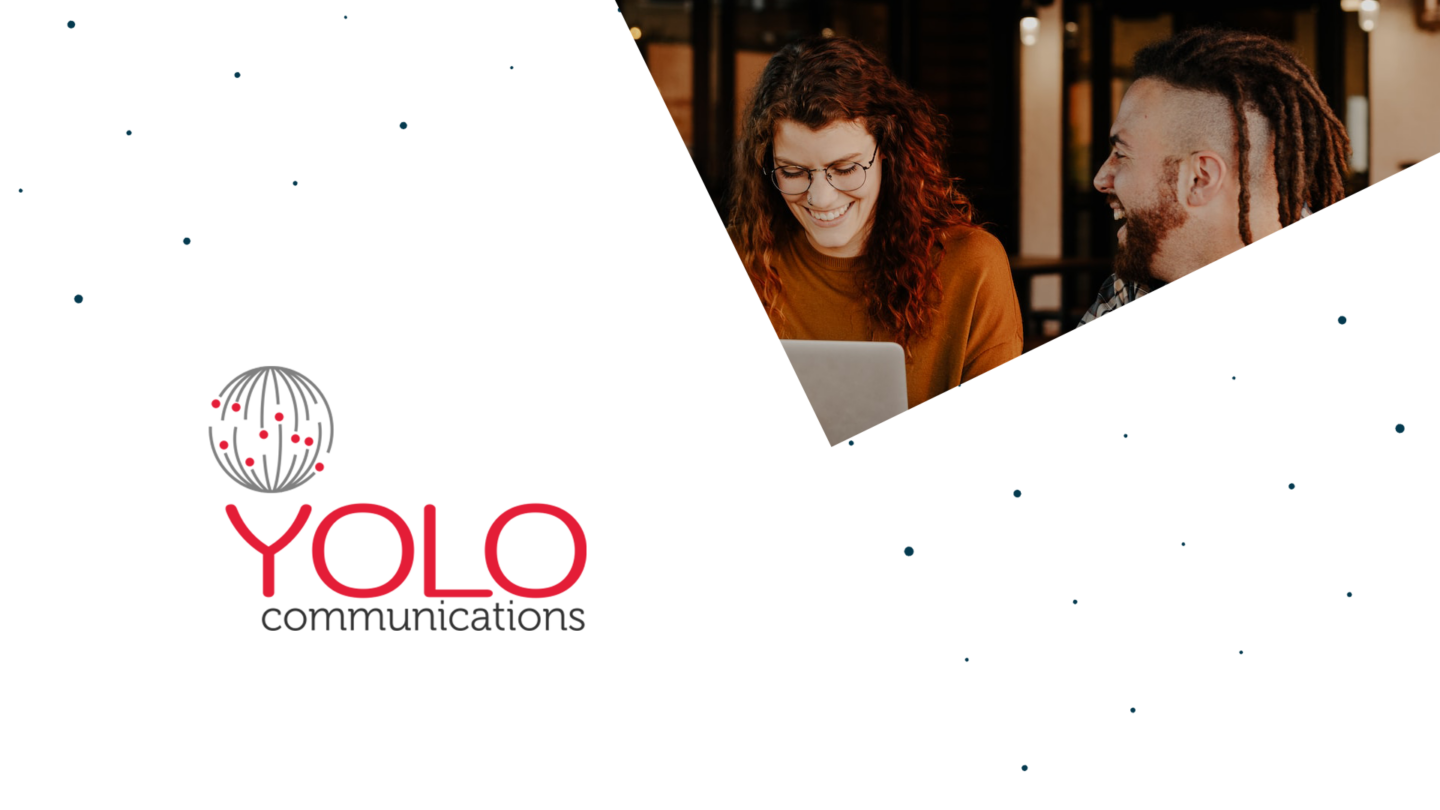
Customer Story: Yolo Communications
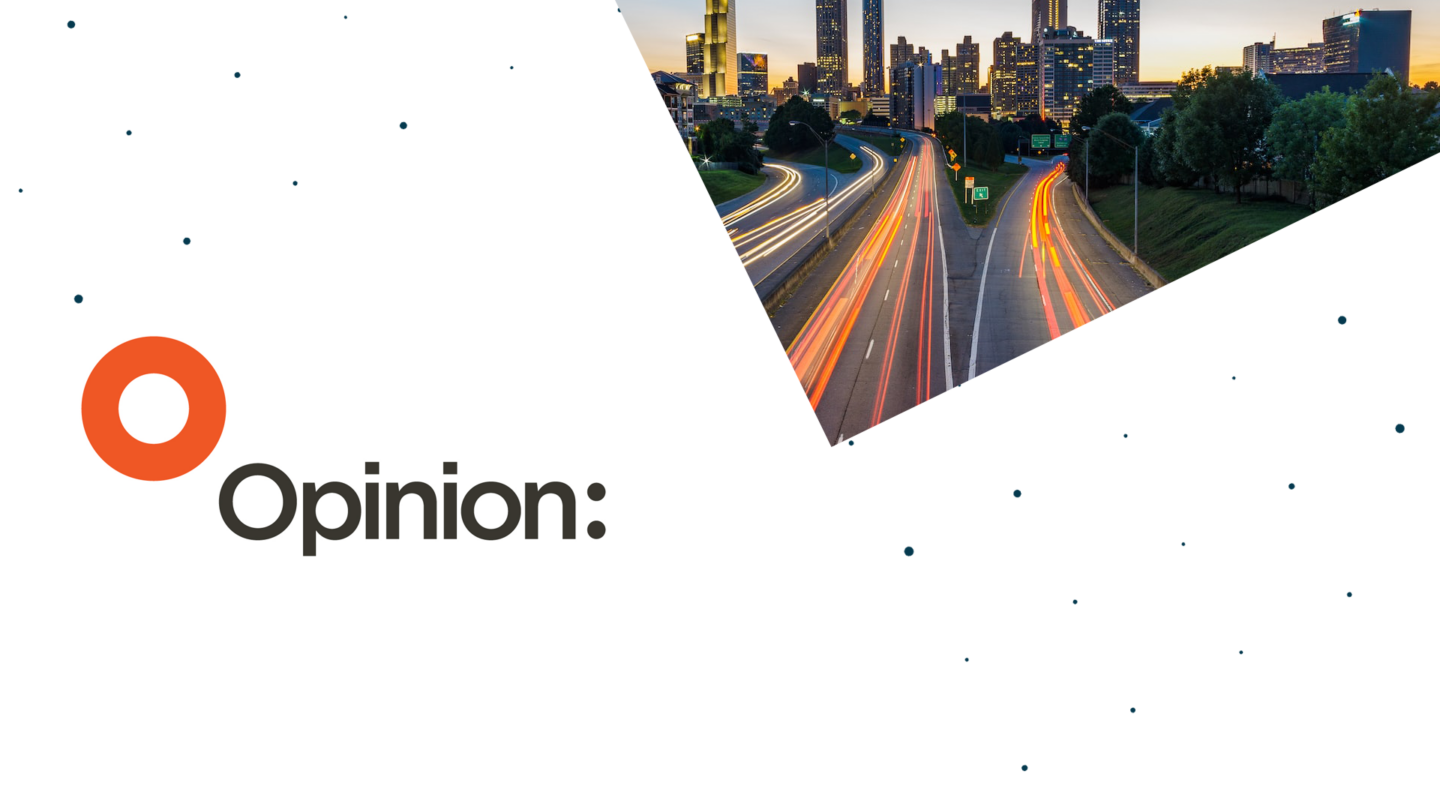
Customer Story: Opinion
